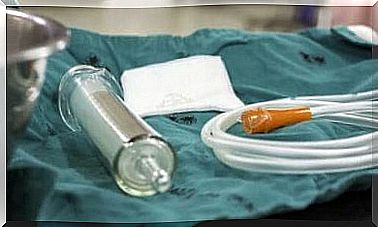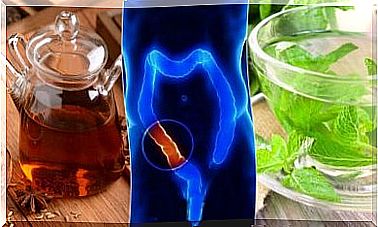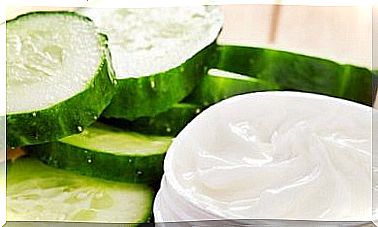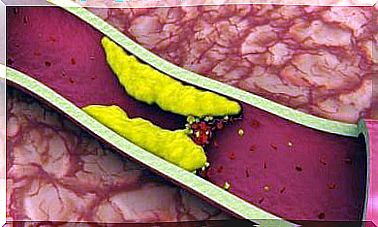Use Of Hyaluronic Acid In Dentistry

Hyaluronic acid has been shown to be an effective treatment in dentistry for oral mucosal injuries. It is a substance that is naturally present in the gums.
The clinical studies carried out have shown that the hyaluronic acid that can be applied as a treatment has characteristics similar to those of the hyaluronic acid that we naturally produce, and contributes to the healing process and repair of damaged tissues.
How does hyaluronic acid act on the oral mucosa?
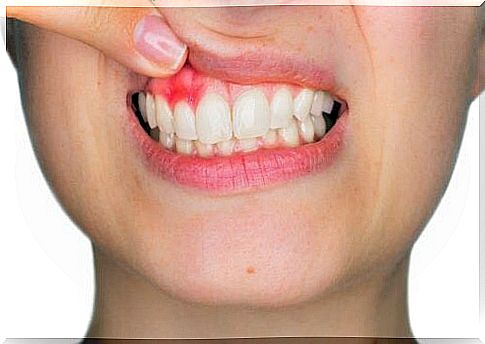
Hyaluronic acid is stored in the outer layers of healthy gum tissue. In this way, it acts by forming a protective barrier in the mucosa, preventing the wound or injury from coming into contact with food and drink.
Another property of hyaluronic acid is that it reduces inflammation and discomfort. On the other hand, it helps to reduce edema and cure canker sores.
When there is periodontal disease, there is an increased need for hyaluronic acid by the affected tissues.
What happens if there is a deficiency of hyaluronic acid?
As we have already said, when there is a pathology, the need for hyaluronic acid increases; therefore, this demand implies that there is not enough hyaluronic acid, causing inflammation and pain.
When there is an injury to the mucosa of the mouth, the cells responsible for tissue regeneration reach the site, causing a delay in healing.
Indications in dentistry
Hyaluronic acid is widely used in the treatment of different oral conditions, including the following:
- Mucosal inflammation: in this group are gingivitis, gingival bleeding, gingival retraction or gingival bags.
- Traumatic conditions: in particular wounds, mouthwashes, tooth extractions or post-surgical treatment.
- Some diseases : certain diseases in which the lining of the gums requires an increased supply of hyaluronic acid.
What are thrush?
Canker sores are small ulcers with a whitish background and red edges. They usually appear on the tongue, on the inside of the cheeks, and on the gums.
They are more common conditions in children and adolescents. On many occasions, they cause a lot of discomfort, and when they come into contact with certain foods or drinks, they become more intense.
Hyaluronic acid treatment can alleviate the pain and discomfort caused by the presence of thrush. This is possible because it protects the injury and also speeds up the healing process.
Benefits of Hyaluronic Acid in Dentistry
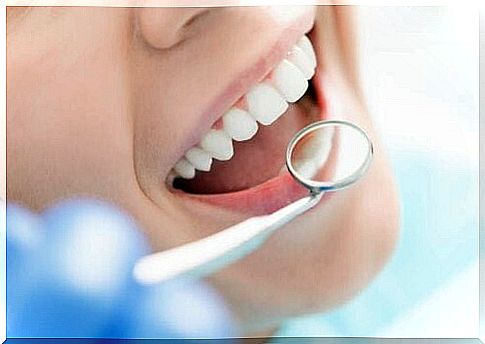
Hyaluronic acid is widely used in dentistry. It offers a number of benefits, including:
- Pain relief: these preparations form a film that protects the injury and relieves pain.
- Protection against external agents: these agents include food and beverages.
- Tissue hydration: when forming a layer, hyaluronic acid favors water retention and, therefore, the hydration of the affected tissue.
- Contributes to the healing process.
In addition, hyaluronic acid does not hurt or burn when applied, on the contrary, it provides a feeling of relief.
How to use hyaluronic acid
After your daily oral hygiene, apply hyaluronic acid three to five times a day for 3-4 weeks. It is recommended to wait half an hour to eat or drink after application.
There are different presentations on the market that incorporate this substance in their composition. According to the form of application, they are classified into:
- Oral Gel: Apply a layer to the affected area, massaging with clean fingers to help distribute it correctly.
- Mouthwash : rinse with 10 ml for 1-2 minutes, no dilution needed.
- Spray : each spray ensures that it reaches the entire area with the same concentration. In general, it is recommended to spray 1 or 2 times a day on the inflamed area.
Hyaluronic acid in dentistry
Hyaluronic acid does not exert any local or systemic pharmacological effects on the oral mucosa. It is very safe and has no contraindications or adverse effects, and can be used without restrictions. It is ideal for use in children, as it is a substance that does not harm when applied and does not present any kind of toxicity.


